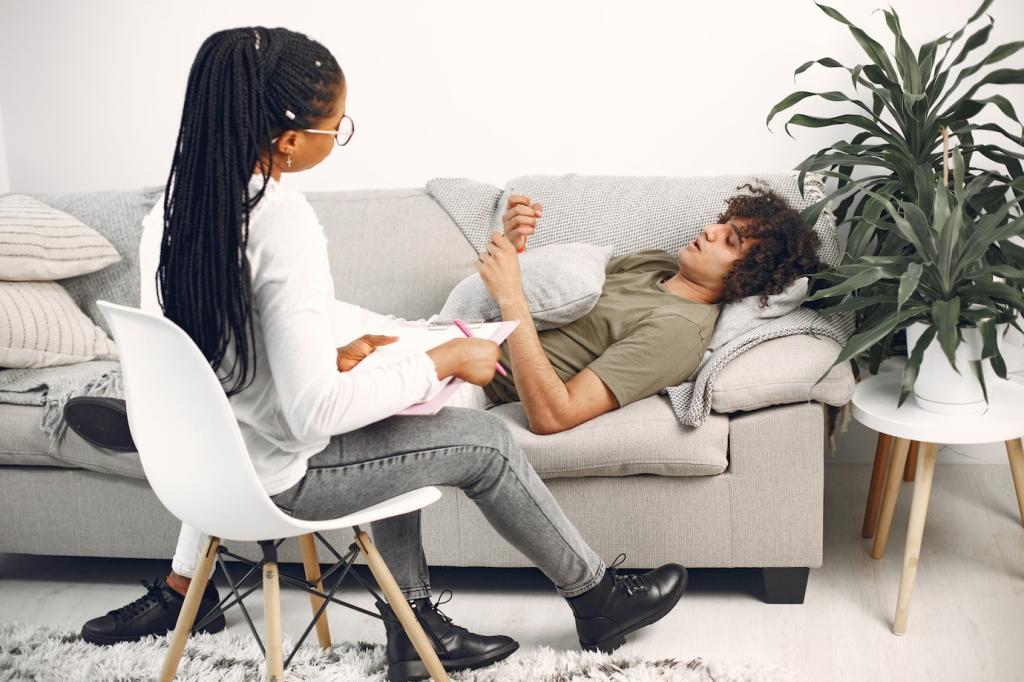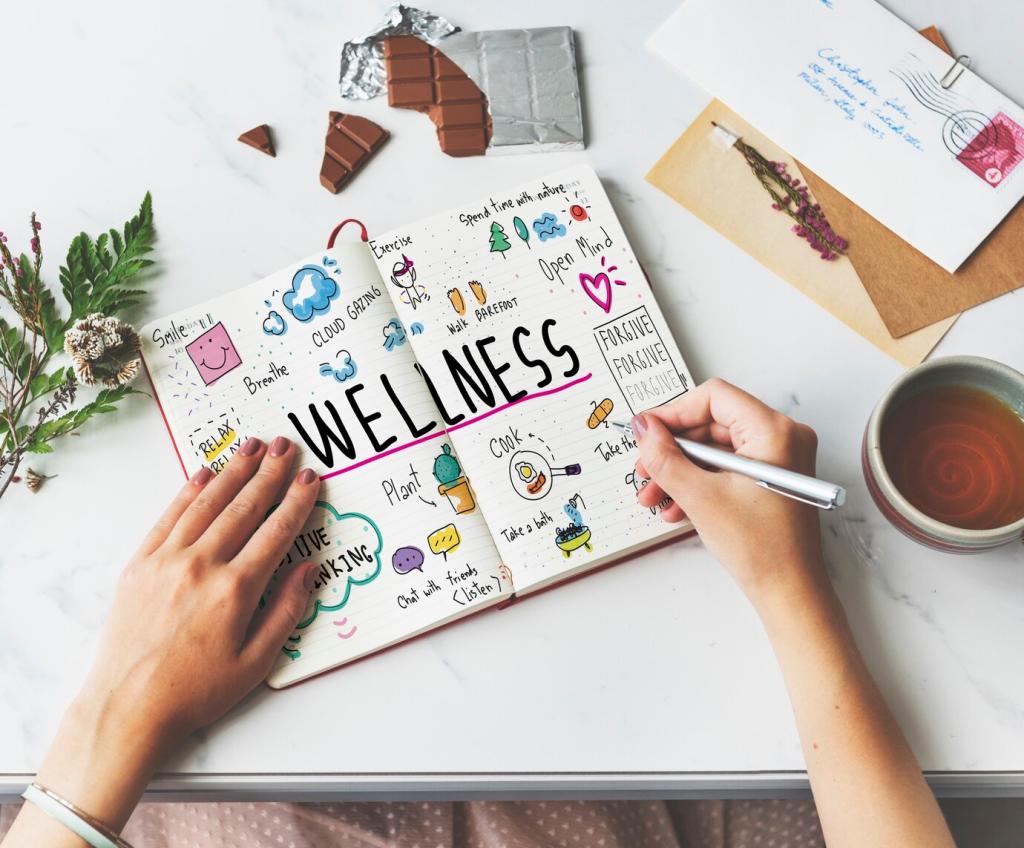
Understanding the Psychological Benefits of Creating Art
Chosen theme: Understanding the Psychological Benefits of Creating Art. Step into a welcoming space where brushes, pencils, clay, and collage become tools for calmer minds, stronger resilience, and authentic connection. Stay with us, share your reflections, and subscribe for fresh, human-centered insights each week.
The Brain on Making: Why Art Feels So Good
Research in psychology and creative arts therapies suggests even short art-making sessions can reduce stress markers, offering a tangible sense of relief. Try a ten-minute doodle after work and notice whether your shoulders drop and your breath deepens.

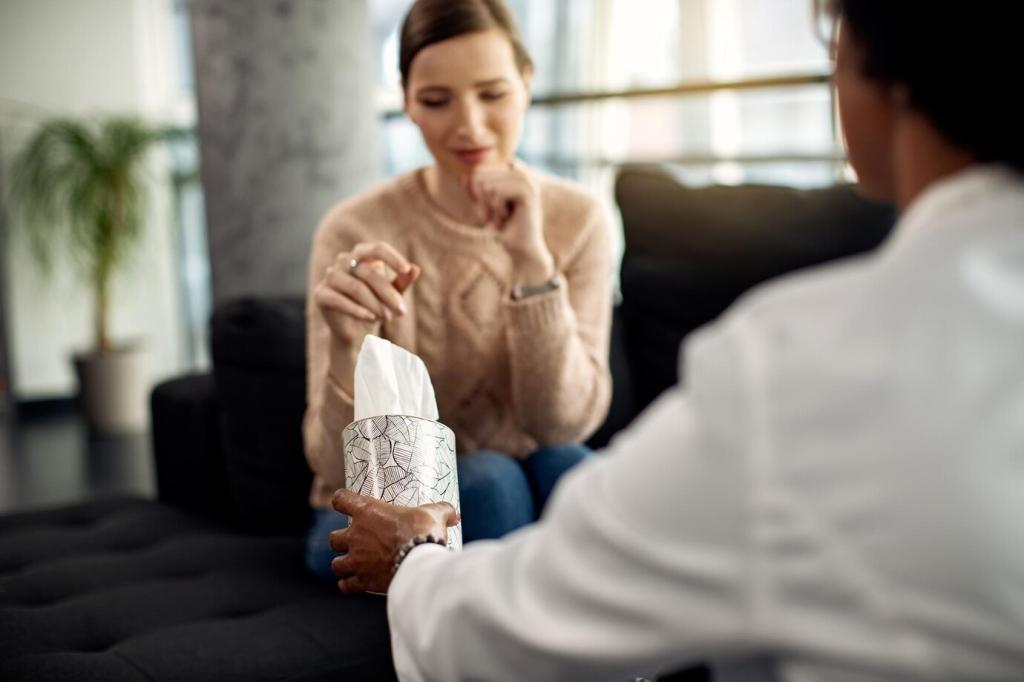
Emotion, Expression, and Regulation
Turning a swirl of feelings into color, texture, and line creates helpful distance. What felt unmanageable becomes observable, and therefore workable. Many people find that after painting their anxiety, they can breathe, reframe, and choose the next small step.
Emotion, Expression, and Regulation
A visual journal mixes sketching, collage, and words to capture moods as they evolve. Over time, patterns emerge: certain palettes for stress, recurring shapes for hope. Those patterns become guideposts for gentle self-care and honest conversation with yourself.
Self-Discovery and Identity Through Creative Practice
Pay attention to the motifs you repeat—windows, waves, hands, constellations. These images often echo values and questions shaping your identity. Mapping them across pages can clarify priorities, helping you choose projects and relationships that honor your authentic self.
Self-Discovery and Identity Through Creative Practice
Turning experiences into a small zine or accordion book makes your story tangible. Sequencing images builds coherence, a cornerstone of psychological resilience. As pages accumulate, you witness change, not as an abstract idea, but as something you can touch.
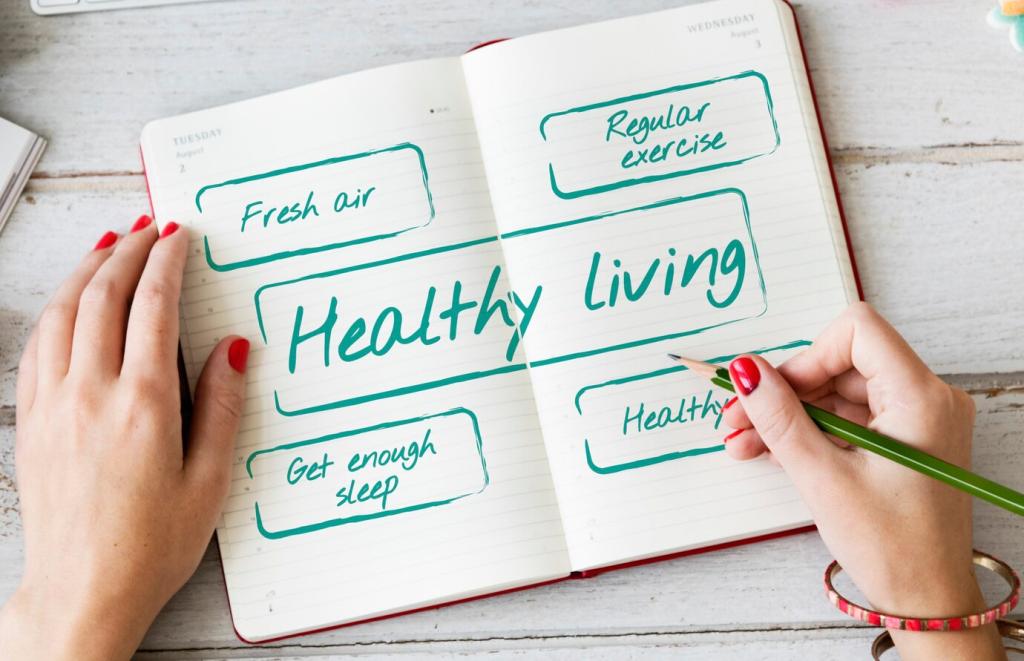
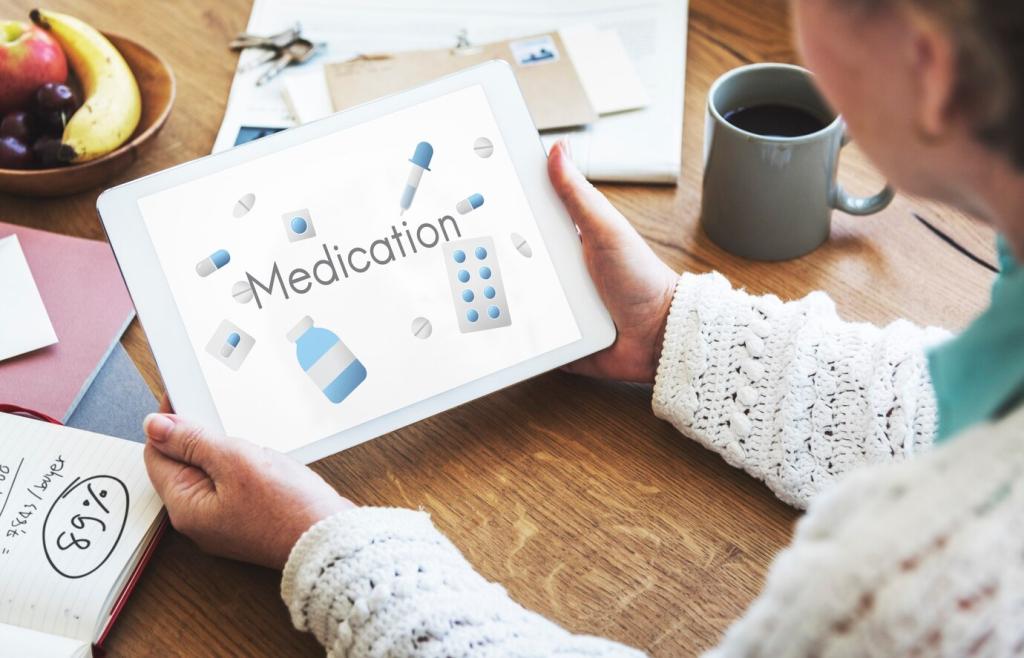
Open studio nights and kitchen-table clubs invite people to create side by side. Conversation flows more easily when hands are busy, and stories unfold without pressure. Many friendships begin over a cup of tea, a pencil, and a blank page.
Connection and Community: Art as Social Glue
Supportive critique focuses on intentions, not perfection. Try asking, “What feeling were you aiming for?” and “Where does the piece already succeed?” This language protects vulnerability while offering usable direction. Post your favorite uplifting question in the comments to inspire others.
Connection and Community: Art as Social Glue
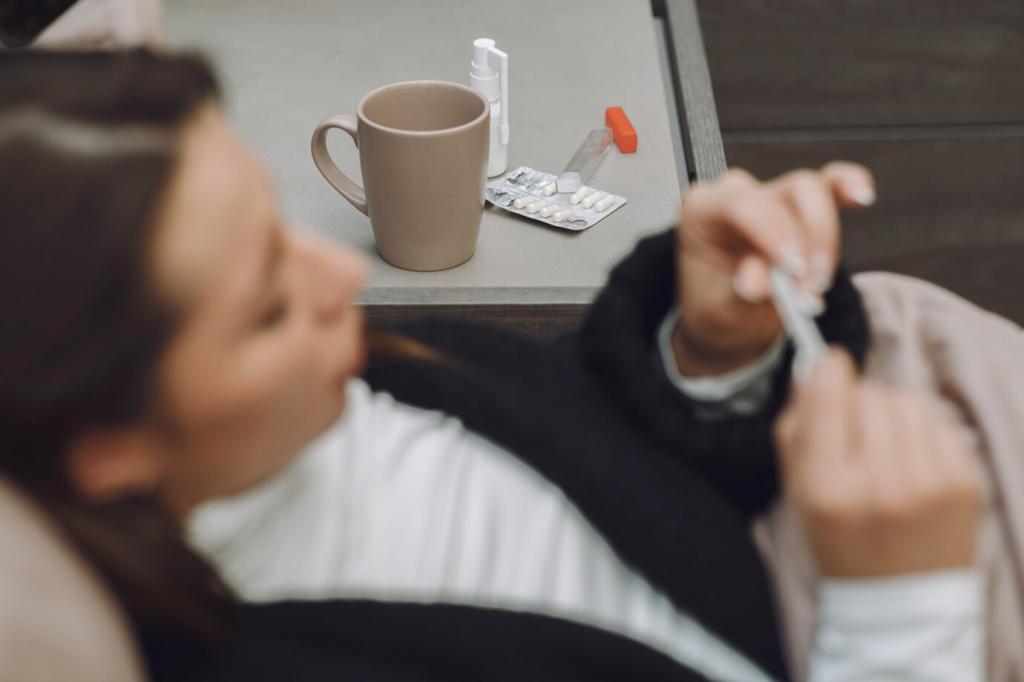

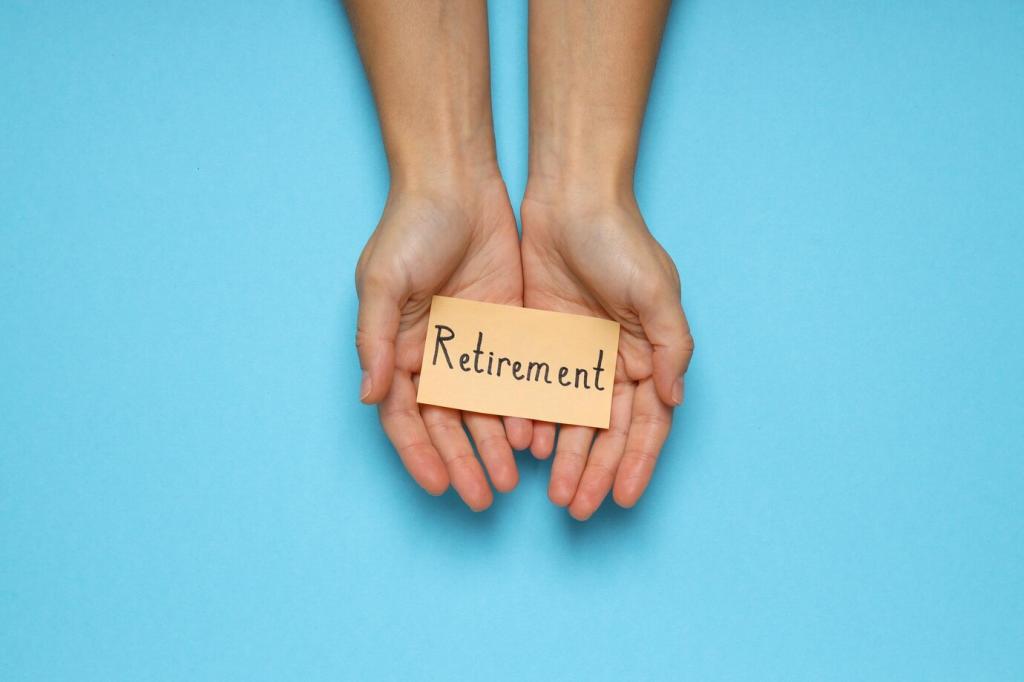
Real-Life Anecdotes: Small Acts, Big Shifts
A product designer, Maya sketched subway strangers for ten minutes each morning. The ritual softened her Sunday dread, nudged better sleep, and restored playfulness at work. She now mentors teammates by hosting casual, judgment-free lunchtime drawing circles.
